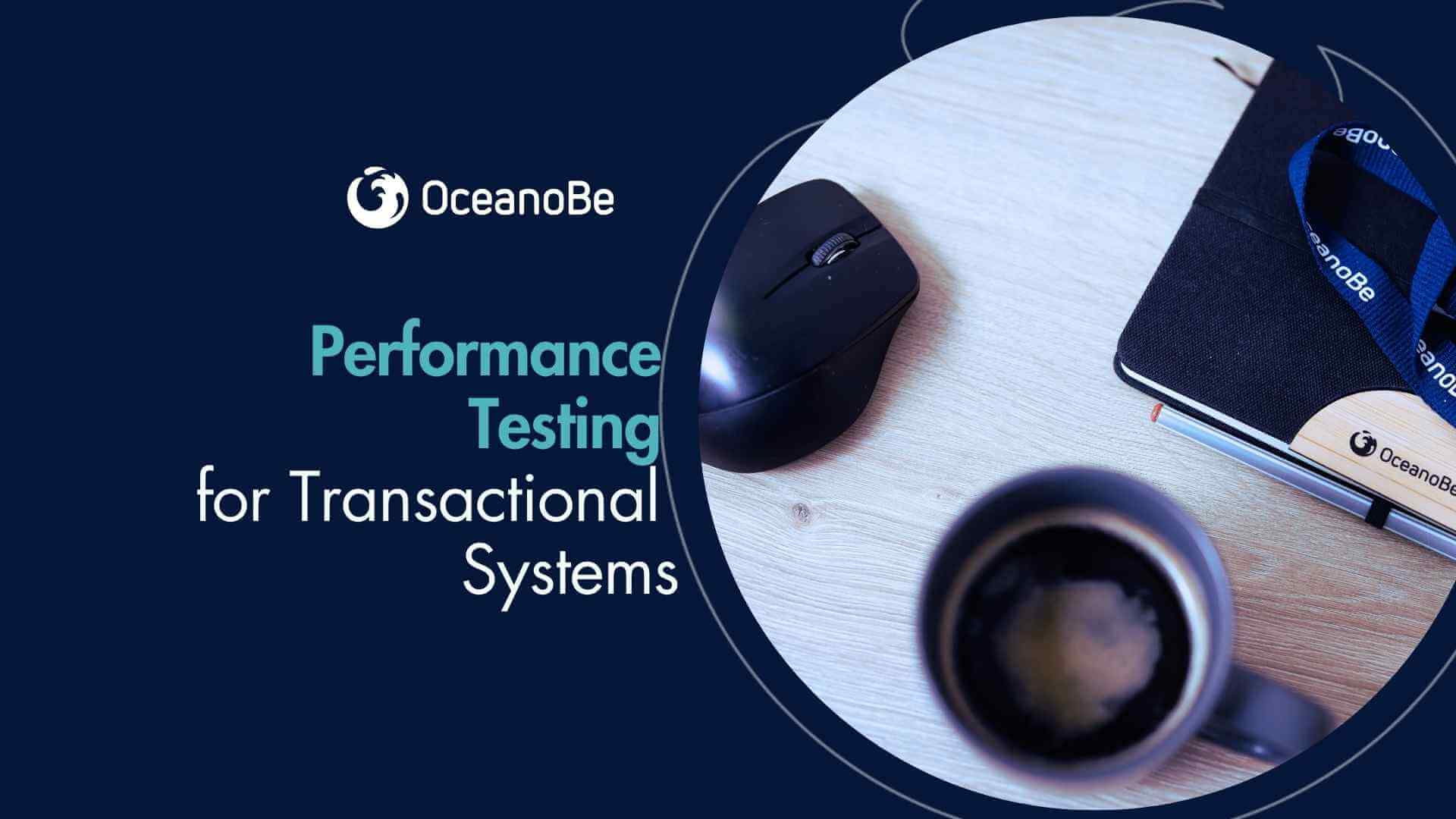Performance Testing for Transactional Systems
Load Testing Scenarios for High-Volume Banking Platforms
Load Testing Scenarios for High-Volume Banking Platforms

Ensuring the reliability and efficiency of transactional systems in fintech ‘heavy load’ apps is very important. High-volume banking platforms must handle vast numbers of transactions seamlessly, even during peak periods.
Our team of experts suggest performance testing, particularly load testing, when it comes to validating system robustness and ensuring optimal user experiences. Let’s go over some key aspects when it comes to performance testing in transactional systems.
Banking applications have the highest requirements in the fintech industry. These apps are expected to process thousands of transactions per second, maintain data integrity, and provide real-time responses. Any performance degradation can lead to customer dissatisfaction, financial losses, and regulatory non-compliance. Therefore, implementung a rigorous performance testing process is essential to:
Validate System Scalability: Ensure the application can handle increasing transaction volumes without compromising performance.
Identify Bottlenecks: Detect and address performance issues before they impact end-users.
Ensure Compliance: Meet regulatory requirements related to system performance and reliability.
From our experience, effective load testing involves simulating real-world scenarios to assess system behavior under various conditions. Key scenarios include:
1. Peak Transaction Loads
Simulate high transaction volumes during peak hours, such as salary disbursement periods or promotional events, to evaluate system responsiveness and stability.
2. Concurrent User Access
Test the system's ability to handle multiple users performing transactions simultaneously, ensuring that concurrent access doesn't degrade performance.
3. Batch Processing
Assess the impact of large batch operations, like end-of-day processing or bulk transfers, on system performance and resource utilization.
4. Failover and Recovery
Evaluate the system's resilience by simulating component failures and observing recovery mechanisms, ensuring minimal disruption to services.
5. Third-Party Integrations
Test interactions with external systems, such as payment gateways or credit bureaus, to ensure seamless integration under load.
We summed up some best practices to achieve meaningful results:
Early and Continuous Testing: Integrate performance testing early in the development lifecycle and conduct it regularly to catch issues promptly.
Realistic Test Data: Use data that closely resembles production environments to ensure accurate performance assessments.
Comprehensive Monitoring: Implement monitoring tools to capture metrics like response times, throughput, and error rates during tests.
Scalable Test Environments: Ensure that test environments can scale to simulate real-world user loads effectively.
At OceanoBe, we specialize in delivering robust performance testing solutions tailored for the banking sector. Our services include:
Custom Load Testing Scenarios: Designing tests that reflect your unique operational challenges and user behaviors.
Advanced Tooling: Utilizing industry-leading tools to simulate user loads and monitor system performance accurately.
Expert Analysis: Providing in-depth analysis of test results to identify performance bottlenecks and recommend optimizations.
Continuous Integration Support: Integrating performance testing into your CI/CD pipelines to ensure ongoing system reliability.
Performance testing is not just a technical necessity but a strategic imperative for high-volume banking platforms. Proactively identifying and addressing performance issues helps banks to make sure their user experiences are flawless, that they’re aligned with the regulatory compliance standards in place, and uphold their reputations in a competitive market. Partnering with experts like OceanoBe can provide the specialized knowledge and tools needed to achieve these goals.